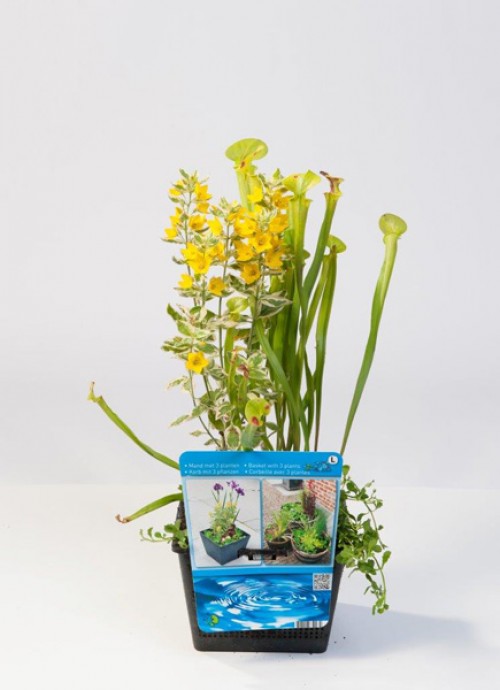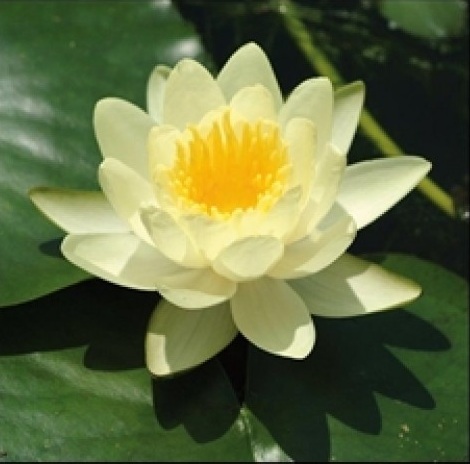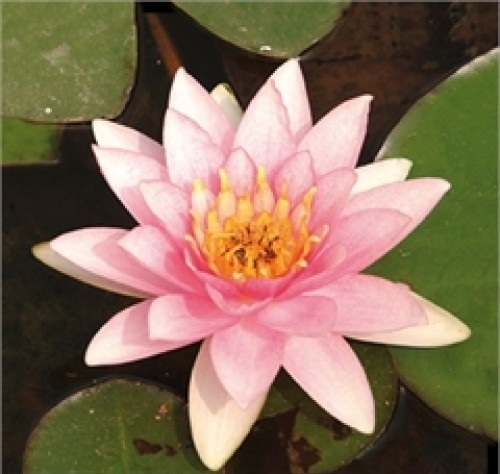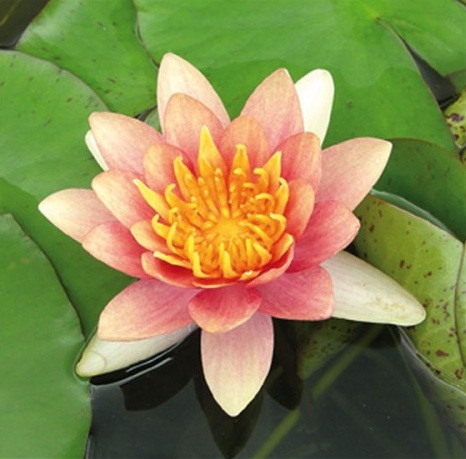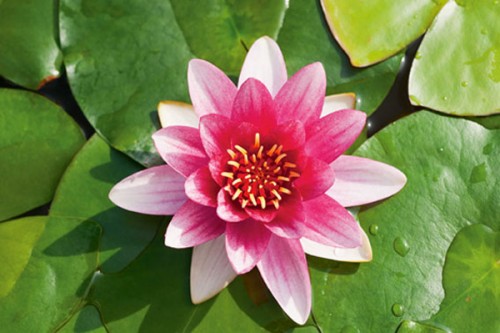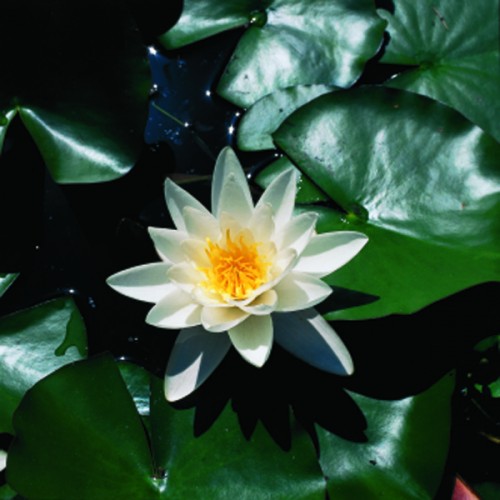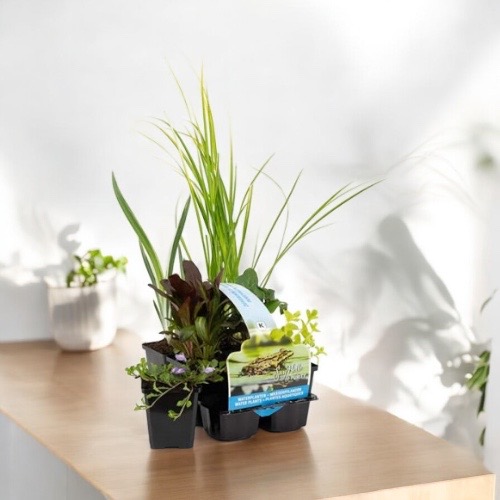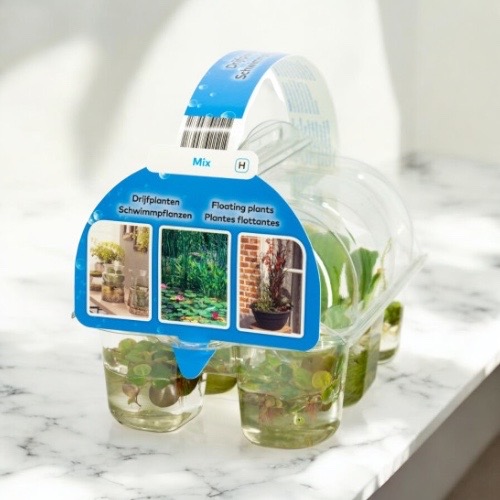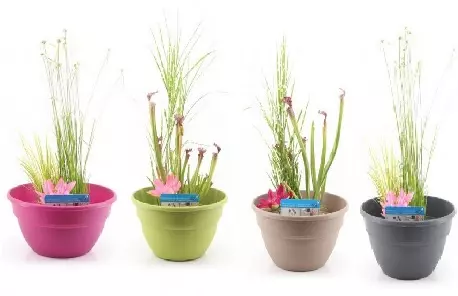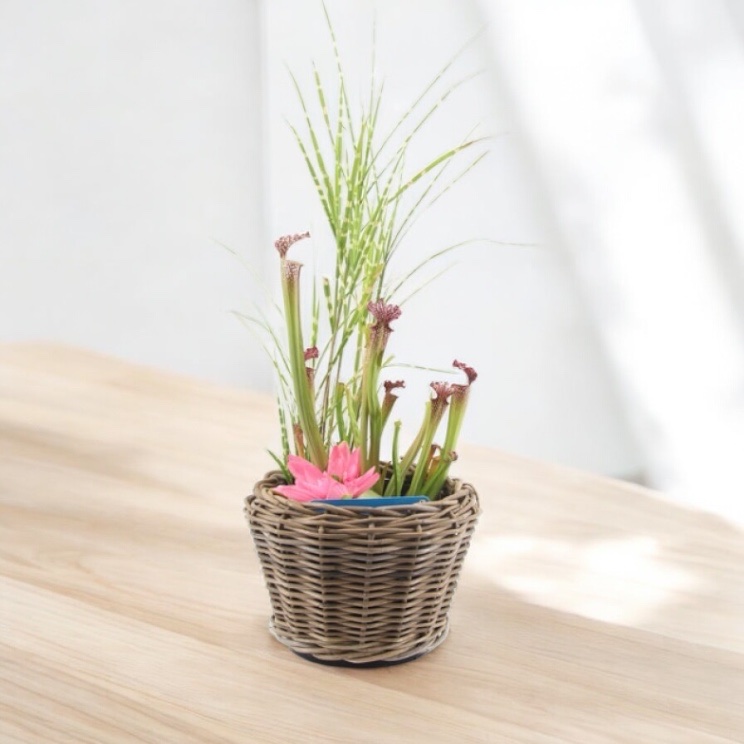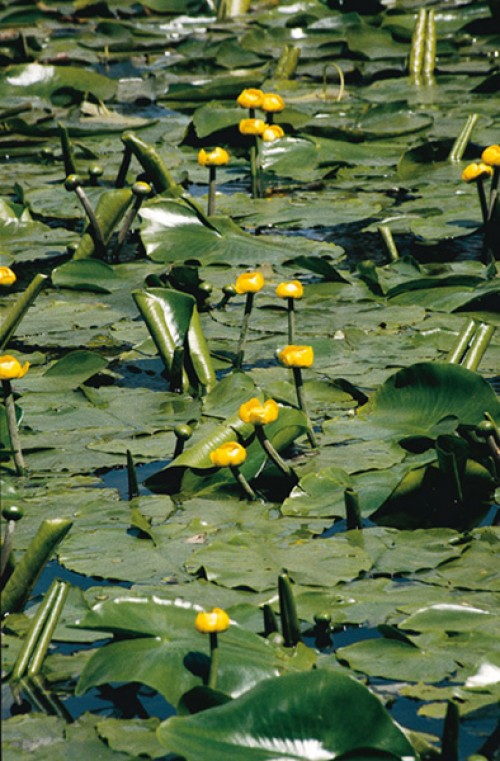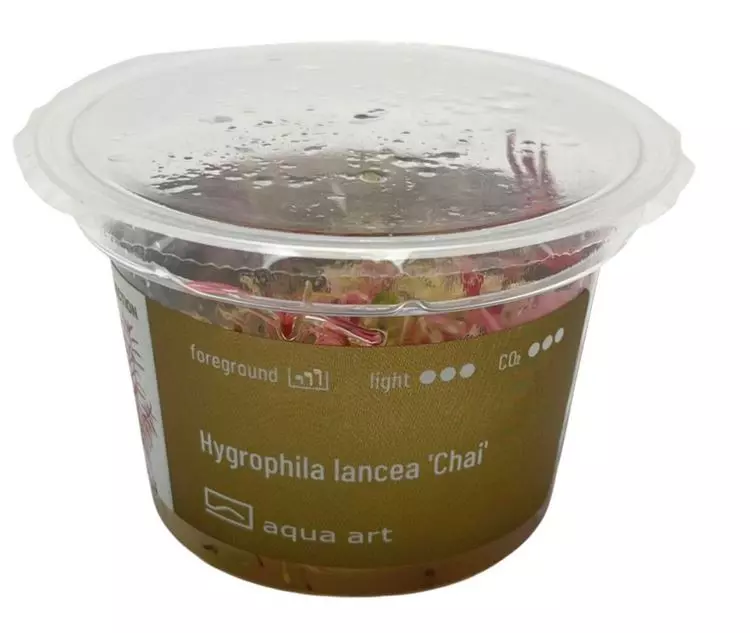Gratiola Viscidula is a rare species, almost a rarity. It is suitable as a foreground or middle ground plant. Properly cared for, it can form a compact and dense carpet of grass.
- Difficulty of growing: easy
- Light requirements: medium
- CO₂ requirements: low
- Outgrown plant height: 10-20 cm, usually smaller in aquarium
- Growth: slow
- Temperature: 18-27°C
- Placement in aquarium: secondary and foreground
- Origin: North America
- Cup diameter: 6 cm
Gratiola Viscidula is a plant that was introduced into the aquarium hobby relatively recently. The species is native to North America, particularly the east coast of the United States. In the wild it is found from Florida north to Ohio and west to Missouri. It is one of seventeen North American Gratiola species and a member of the Plantaginaceae - goby family. It is related to the European Gratiola officinalis.
In its natural habitat, Gratiola viscidula is a perennial marsh plant. It inhabits moist, sunny or semi-shaded sites. It is found on the banks of streams, in ditches, ponds and marshes. In nature, it blooms from June to October.
This species is not commonly found in the aquarium trade, making it a rarity.It is a compact stem plant that forms dense rows or bright green lawns. It is suitable for both front ground and background. It has small, narrow leaves that appear spiny and look a little like conifers. The individual stems of the plant are thick, stiff and 1.5-2 cm wide. Because it grows in a temperate climate zone, it can be grown emersed in water bodies, ponds or pools outdoors. It tolerates a pH of 5.5-7.5.
The plant is traditionally planted in the substrate. Gratiola Viscidula does not require CO₂ addition and likes regular water changes and fertilization.
Planting: The plant must be removed from the cup and thoroughly rinsed from the gel under running water. This is best done by placing the plant in a container of lukewarm water. Most of the gel will then fall off by itself. Divide the contents of the cup into 1-2 cm lumps and then place them at a small distance on the selected items
.















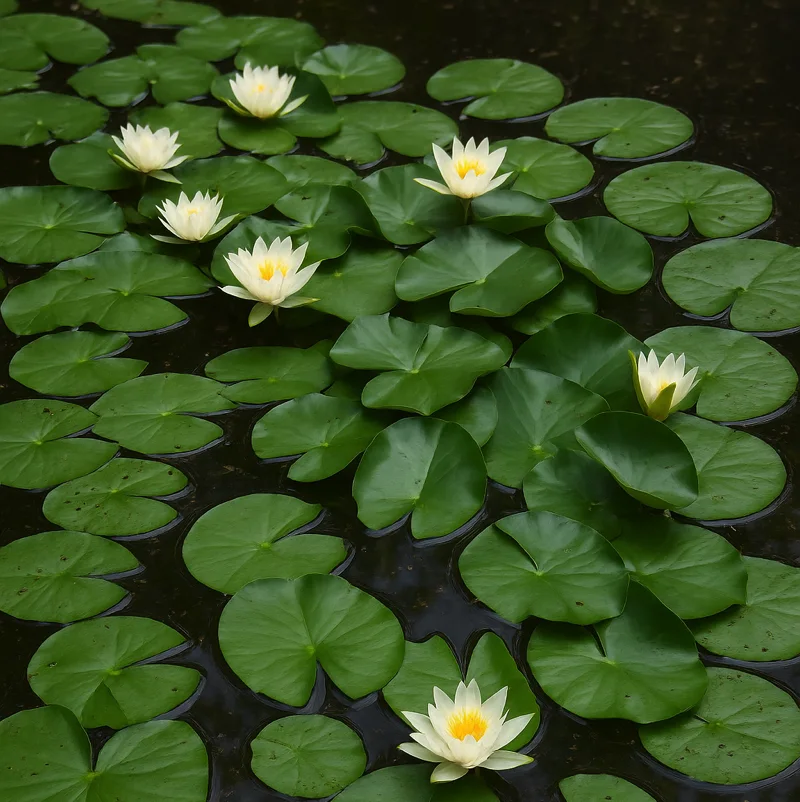

.jpg)
